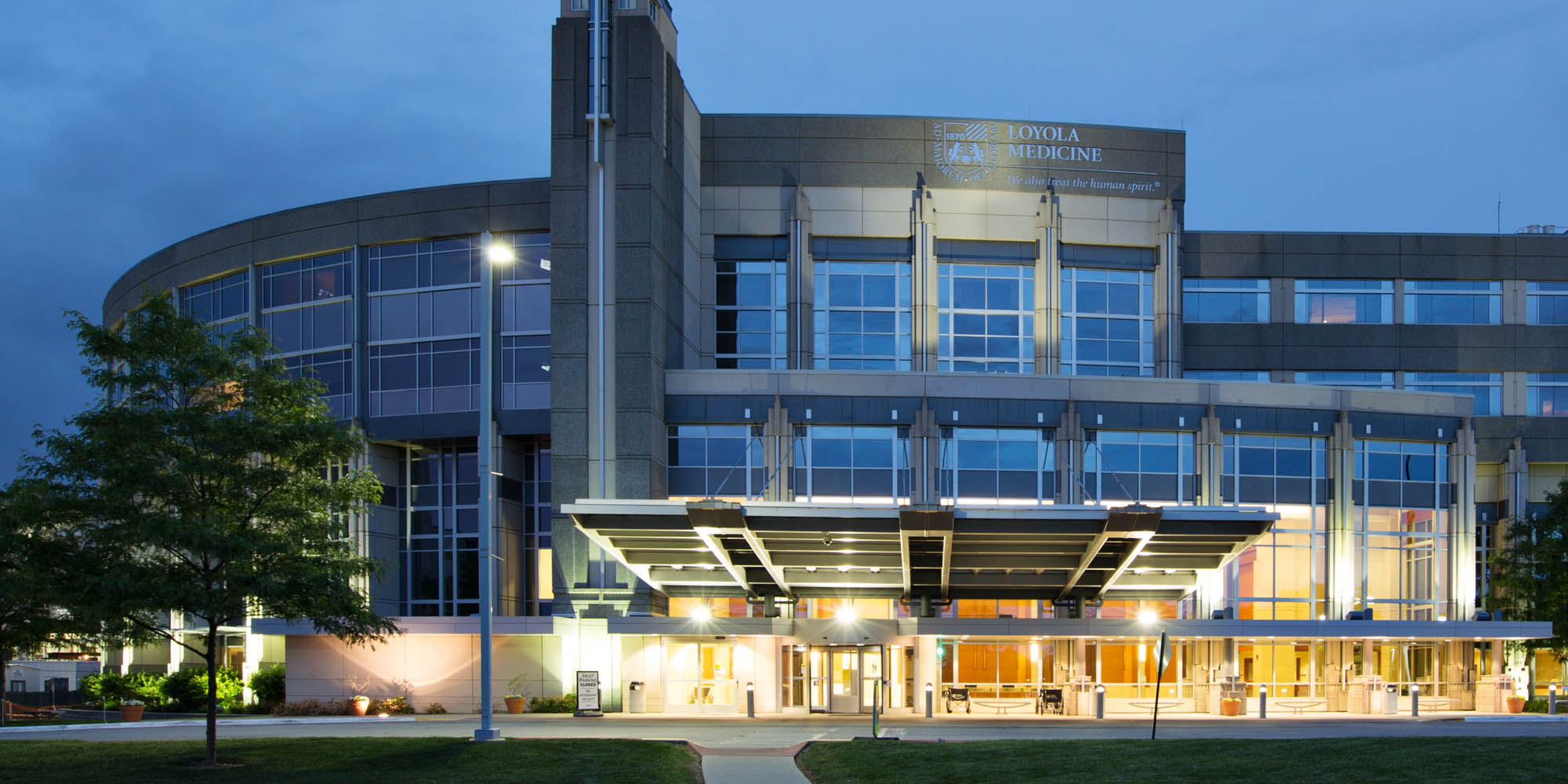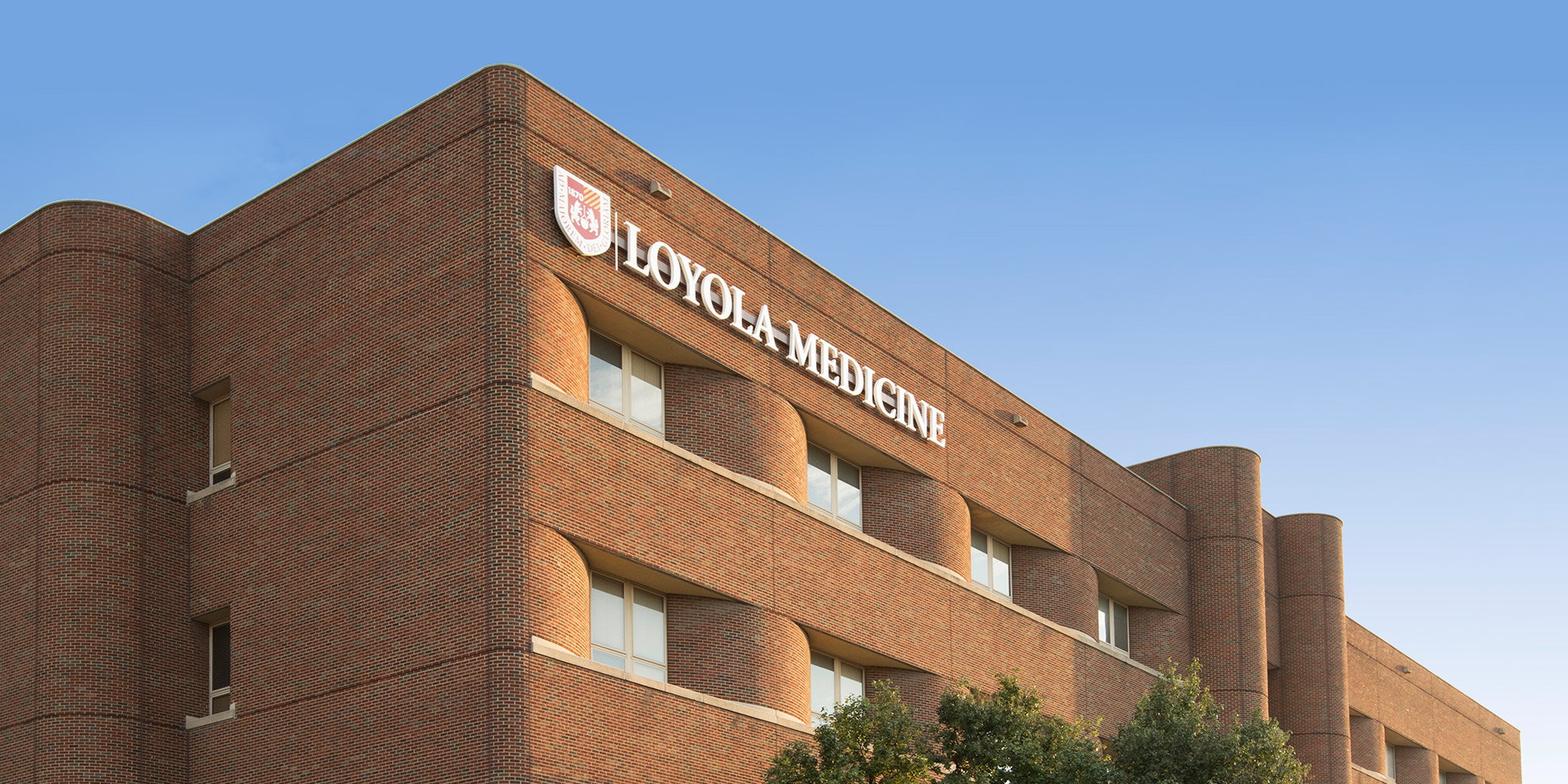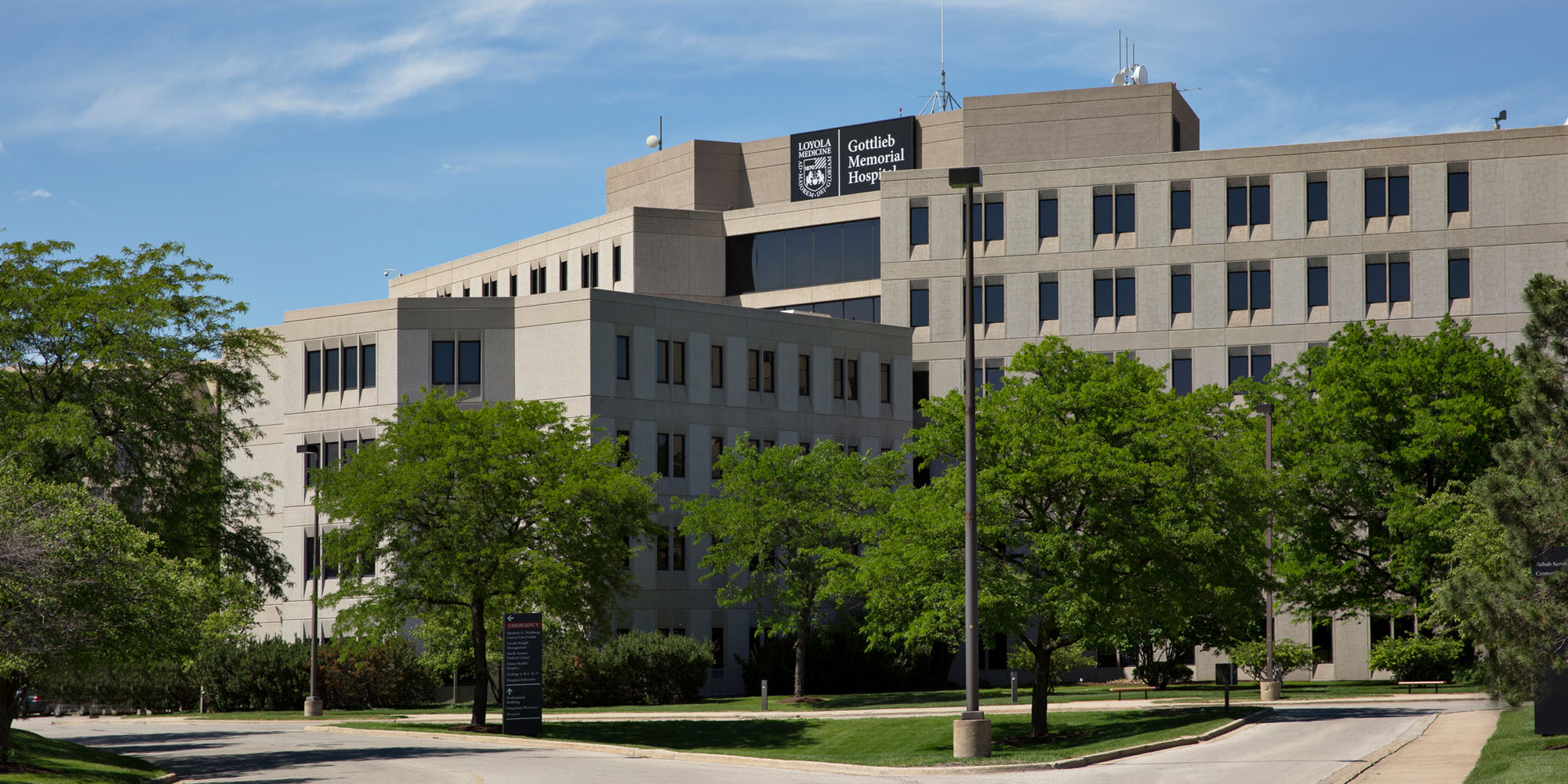Robot-assisted Surgical Procedures Improve Recovery Time
Loyola Medicine is proud to offer advanced robotic surgery at Loyola University Medical Center, Gottlieb Memorial Hospital, and MacNeal Hospital. This technology provides a minimally invasive option for many procedures that would otherwise require large incisions and longer recovery times.
Robotic surgery is one of several minimally invasive techniques available at Loyola, designed to enhance a surgeon’s capabilities with breakthrough visualization, precision, and control.
Why Choose Loyola for Robotic Surgery?
Our surgeons prefer to employ a minimally invasive approach to surgery whenever possible and have vast experience with robotic surgery.
As part of an academic medical center, Loyola’s expert clinicians perform and teach the latest surgical techniques and medical treatments in numerous locations across the Chicago area.
In addition, our nurses have earned Magnet status, which means they have been recognized for delivering the highest level of care. Loyola patients also have access to the latest drugs and therapies through our clinical trials.
What to Expect with Robotic Surgery
At Loyola Medicine, robotic surgery is performed using the advanced da Vinci® Surgical System, which combines the skill of your surgeon with cutting-edge technology to provide greater precision and control. This system includes a high-definition 3D camera, miniaturized surgical instruments, and a surgeon-controlled console.
During your procedure, your Loyola surgeon sits at the console and uses hand controls to guide the robotic instruments. For every movement made at the console, the da Vinci system translates it into real-time, scaled-down motions inside your body, allowing for enhanced accuracy, flexibility, and range of motion. The robotic arms are fully jointed, often surpassing the dexterity of the human hand.
A small, high-resolution camera inserted through a tiny incision gives your surgeon a magnified, three-dimensional view, up to 10 times more detailed than what the human eye can see. This approach enables complex procedures to be performed through smaller incisions, which may result in less pain, reduced blood loss, shorter hospital stays, and faster recovery for patients. For patients, the benefits of robotic surgery over open surgery are significant and may include:
- Faster recovery time
- Less scarring
- Quicker return to normal activities
- Reduced blood loss
- Shorter hospital stays
- Smaller incisions
Although many procedures take about the same amount of time as an open-incision surgery, the recovery time is reduced because you do not have to heal from a large incision.
Risks
While robotic surgery helps reduce many risks, all surgical procedures still carry potential complications, including reactions to anesthesia, infection, heart attack, stroke, or other risks specific to your condition, which your Loyola surgeon will review with you in detail.
Step by Step







